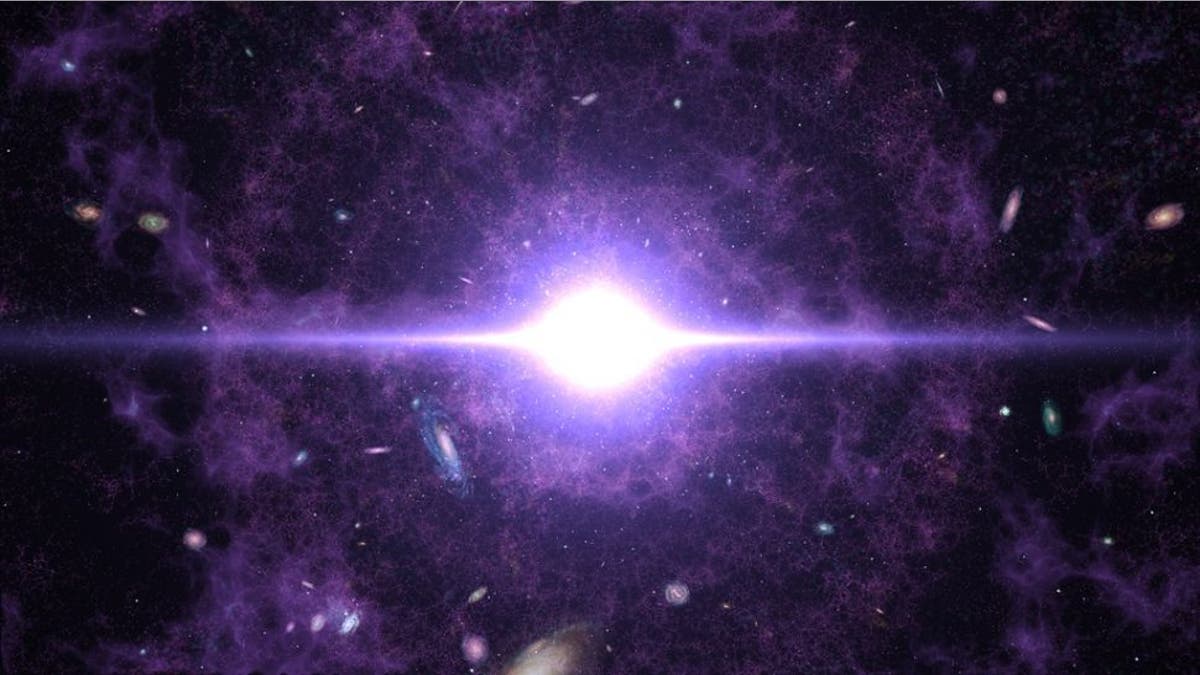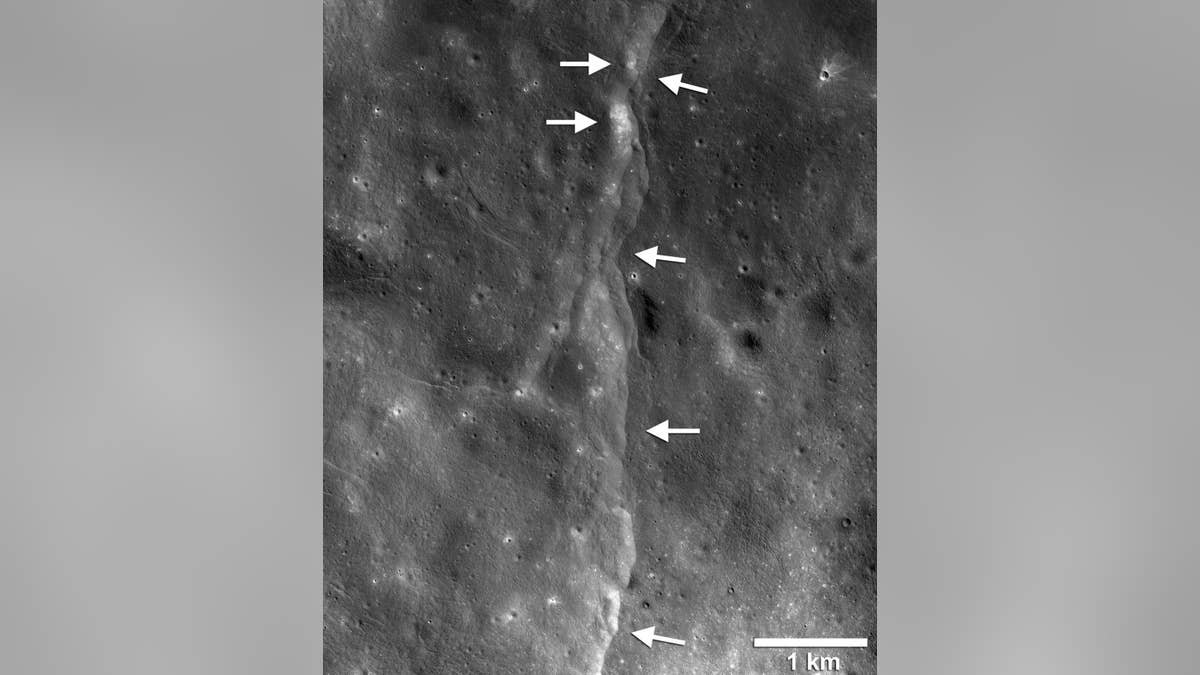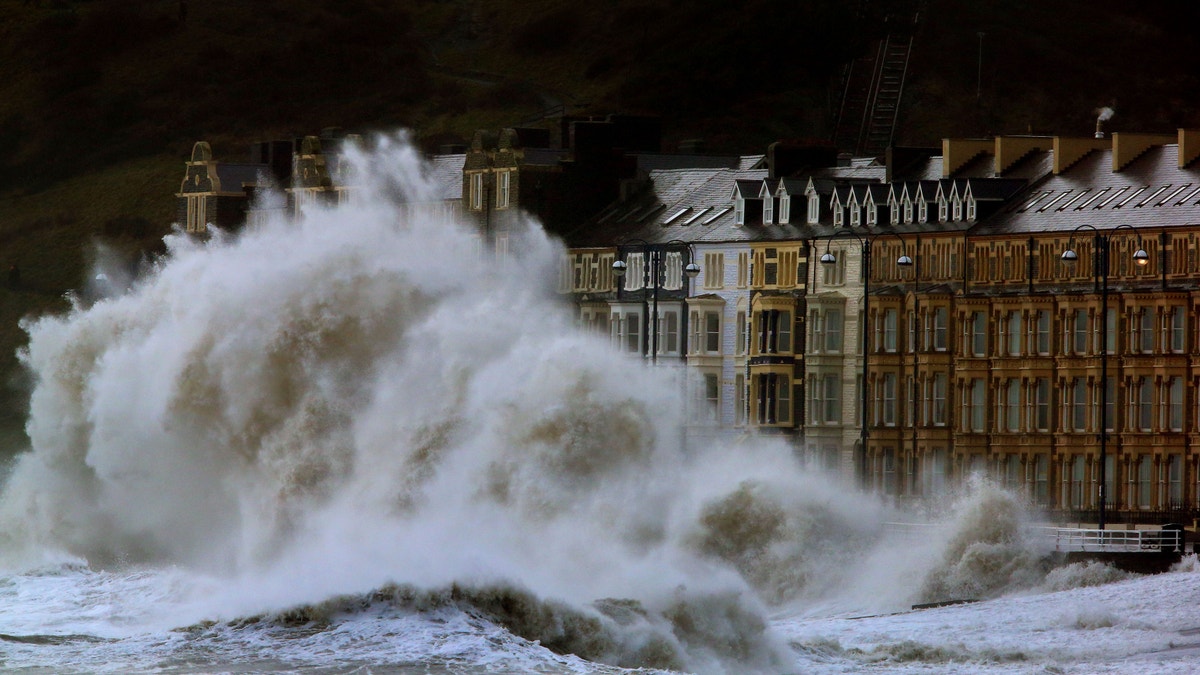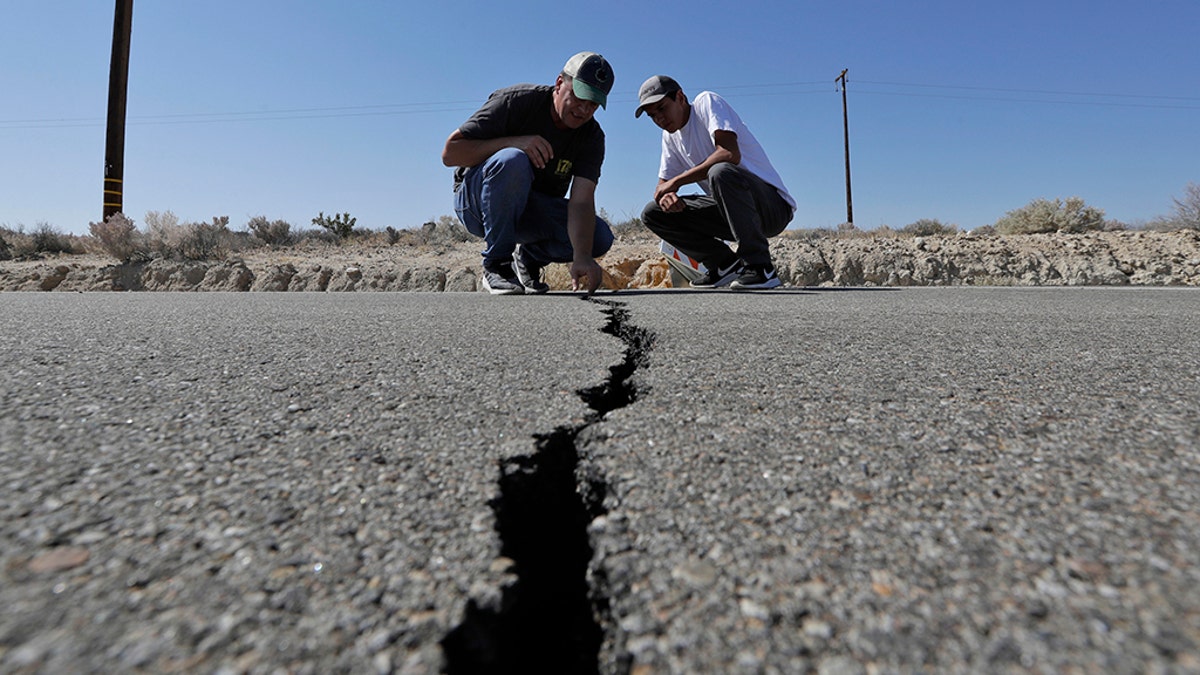The moon has been the Earth's companion in the Solar System for almost five billion years. It is the only place beyond Earth where humans have set foot.
The brightest and largest object in our night sky, the moon makes Earth a more livable planet by moderating our home planet's wobble on its axis, leading to a relatively stable climate.
EARTH AND MOON ARE NOT 'IDENTICAL OXYGEN TWINS,' RESEARCHERS SAY
In addition, it has guided the way humans live for thousands of years.
The moon is the fifth largest of the 190+ moons orbiting planets in the Solar System.
CLICK HERE FOR THE FOX NEWS APP
Earth's only natural satellite is simply called "the moon" because people didn't know other moons existed until Italian astronomer Galileo Galilei discovered four moons orbiting Jupiter in 1610.
Here are five interesting facts you should know about the Earth's moon.
1. Theories about how the moon was formed are varied

An artist's interpretation of the Big Bang. (Image: © NASA's Goddard Space Flight Center/CI Lab)
Although theories about the formation of the moon vary, the leading explanation remains that a "Giant Impact" or "Big Whack" created the ingredients for the moon off the primitive molten Earth and into orbit.
Scientists have suggested that the impactor was about 10 percent of the mass of Earth — just larger than Mars. A cloud of vaporized rock was kicked up after the event and went into orbit around the Earth. The cloud then cooled and condensed into a ring of small, solid bodies, which then gathered — forming the celestial object.
According to Space.com, because the Earth and the moon are so similar, researchers have come to the conclusion that the collision must have happened around 95 million years after the formation of the Solar System, which is roughly 4.6 billion years old.
Studies in 2015 that uncovered differences in the abundance of the element tungsten-182 detected in the Earth and the moon gave weight to this theory.
2. There's water on the moon

This prominent thrust fault is one of thousands discovered on the moon by NASA's Lunar Reconnaissance Orbiter. These faults, called scarps, resemble small stair-shaped cliffs when seen from the lunar surface. The scarps form when one section of the moon's crust (left-pointing arrows) is pushed up over an adjacent section (right-pointing arrows) as the moon's interior cools and shrinks. New research suggests that these faults may still be active.
"Unambiguous evidence" of traces of water have been found on the surface of the moon that may have originated from deep under its surface.
Detailed in the journal Science, evidence of lunar polar water ice was recorded by NASA's Lunar Reconnaissance Orbiter. While the moon remains drier than any desert on Earth, water is said to exist on the moon in very small quantities. One ton of the top layer of the moon's surface has the capacity to hold about 32 ounces of water, researchers said.
When the Apollo astronauts returned from the moon, they brought back several samples of lunar rocks. The rocks were later analyzed for signs of water and, while trace amounts were detected, they were assumed to be contamination from Earth. The consensus then became that the rest of the moon was dry.
However, later observations of the surface made with Chandrayaan-1, NASA's Cassini spacecraft, and NASA's Deep Impact probe called that assumption into question after detecting the spectral signal of either water or the hydroxyl group. The findings exhibited that not only is the moon hydrated, but the process that makes it so is a dynamic one driven by changes in solar radiation hitting any given spot on the surface.
3. The moon's gravitational pull affects our oceans' tides

Waves crash against the Aberystwyth coastline in Wales, as strong winds and high tides continue to blow in from the west. (AP)
The moon's gravitational force pulls on the Earth's oceans. The pull causes two bulges of water on the Earth's oceans — one where the ocean waters face the moon and the pull is strongest and one where the ocean waters face away from the moon and the pull is weakest.
As Earth rotates underneath, the bulges move around it -- one always facing the moon, the other directly opposite. This is created because gravity pulls Earth toward the moon more than it pulls at the water.
The combined forces of gravity, the Earth's rotation, and other factors usually cause two high tides to two low tides every day.
At the full moon and the new moon, the sun, Earth, and moon are aligned, producing higher than normal tides called "spring tides." When the moon is at first or last quarter smaller tides form; when the moon is closest to the Earth in its orbital path, spring tides are even higher. Those tides are called Perigean spring tides.
The pull of the moon means that some of the Earth's rotational energy is stolen, causing the planet to slow down by 1.5 milliseconds every century.
Lastly, the moon is moving away from us. The energy the moon takes is used to propel itself about 3.8 centimeters higher in its orbit.
4. The moon has moonquakes

Ron Mikulaco, left, and his nephew, Brad Fernandez, examine a crack caused by an earthquake on highway 178 Saturday, July 6, 2019, outside of Ridgecrest, Calif. Crews in Southern California assessed damage to cracked and burned buildings, broken roads, leaking water and gas lines and other infrastructure Saturday after the largest earthquake the region has seen in nearly 20 years jolted an area from Sacramento to Las Vegas to Mexico. (AP Photo/Marcio Jose Sanchez)
Small moonquakes several miles below the surface are believed to be caused by the gravitational pull of the Earth. Tiny fractures may appear at the surface and gas escapes.
Scientists report that the moon has a core that is hot and potentially partially molten much like the Earth's core. However, data from NASA's Lunar Prospector spacecraft showed in 1999 that the moon's core is tiny compared to that of the Earth, likely between two percent and four percent of its mass.
5. The craters on the moon were formed by asteroids

Artistic impression of two near earth objects. (Credit: ESA / P. Carril)
The craters which pockmark the moon are formed by asteroid impacts millions of years ago. The craters have not eroded much over the years.
The moon is not geologically very active, so earthquakes, volcanoes, and mountain-building do not alter the landscape as they do on Earth. There are also no weather events, as the moon has virtually no atmosphere. There is no wind or rain, so very little surface erosion occurs on the moon.
NASA, LiveScience, Space.com, and National Geographic contributed to this report.





















